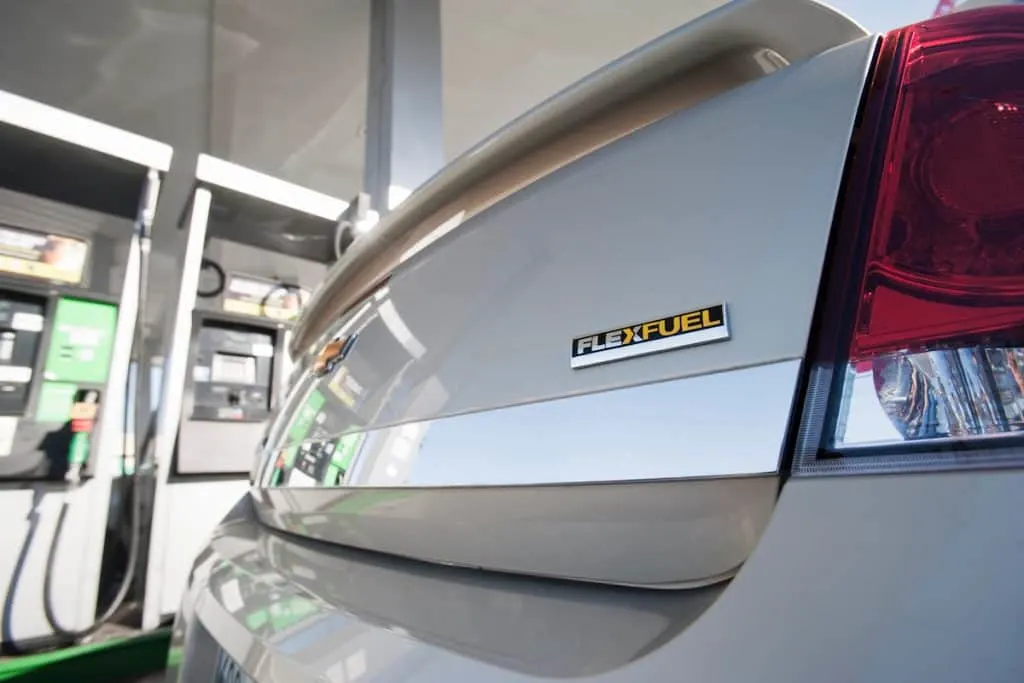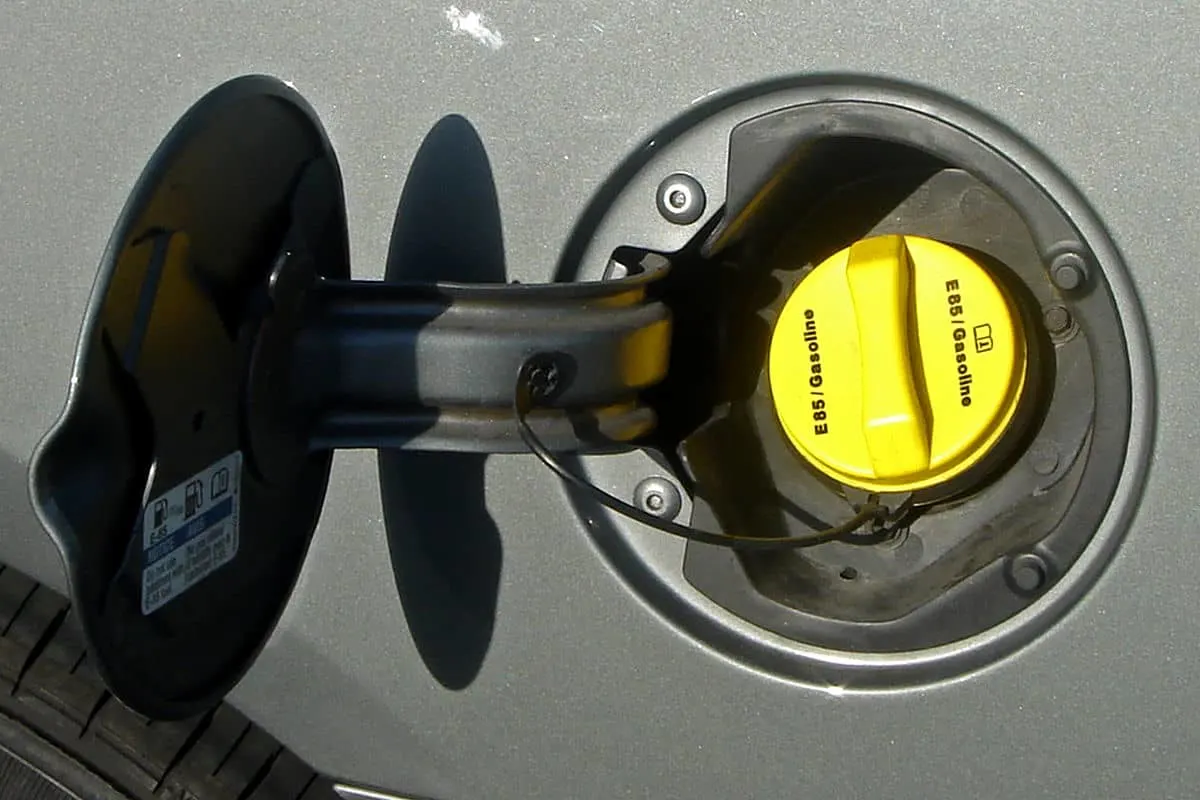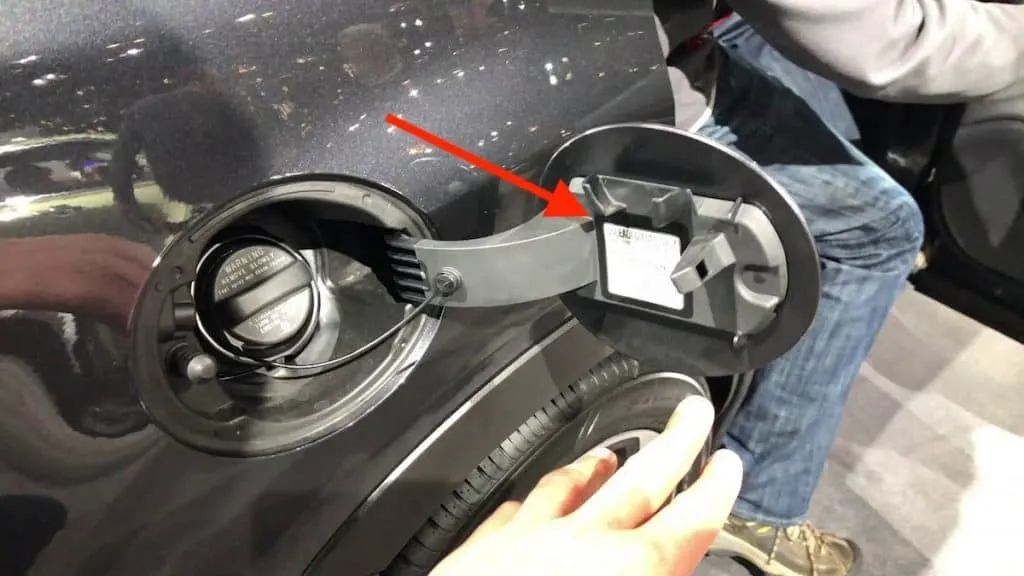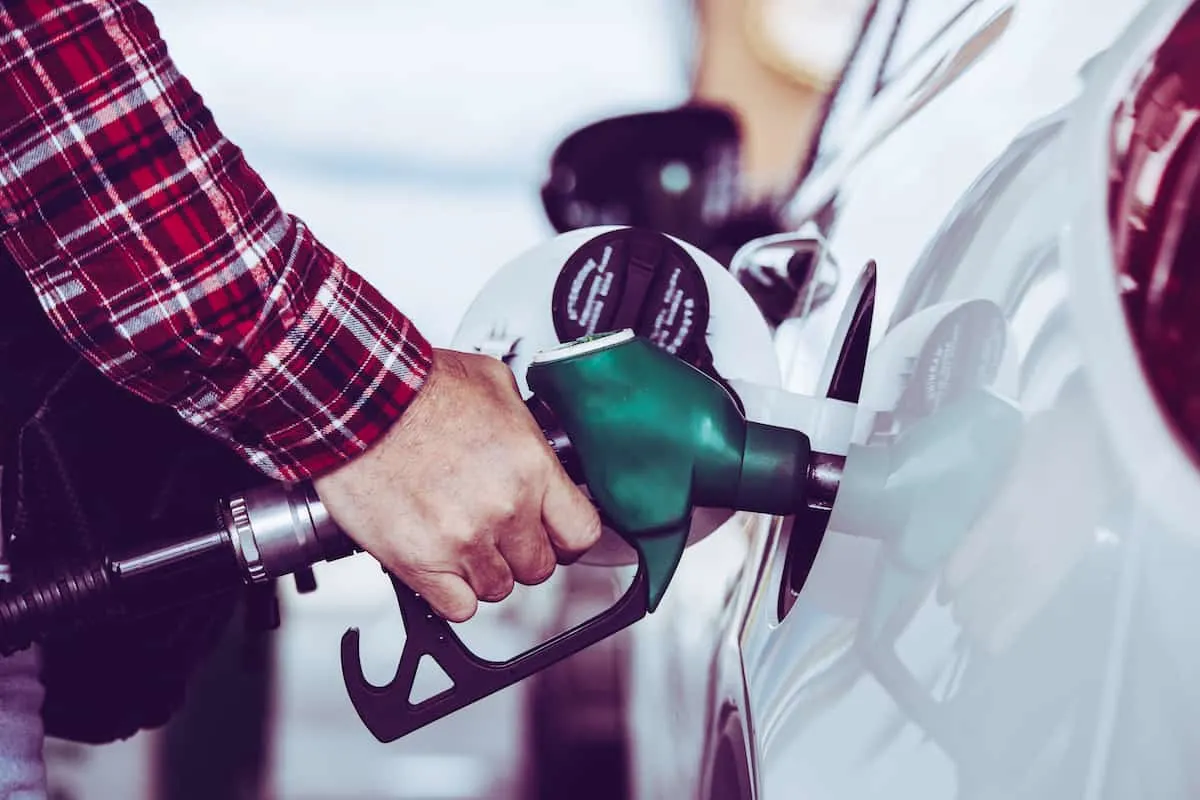With many new technological advances in the auto industry and a push for more environmentally sound ways to drive vehicles, there have been breakthroughs in recent years regarding ethanol-run cars. These vehicles make it possible to depend less on gasoline, which can cause harm to our planet, and use a blend that is high in ethanol to power vehicles.
This blend of gasoline and ethanol is called flex-fuel, and more cars than ever are being made to be able to run on this type of mixture. Some cars will advertise it with a decal featured on the car above the brand and model, but not all come with it. Or, if you bought a used car, this decal could have been taken off or broken.
If you don’t know if your vehicle can properly run on flex-fuel, but you’d like to check, there are a few ways to see for sure. Can my car run on flex fuel?
The fastest ways to check if your car can run on flex fuel include:
- A flex fuel badge on the back of the vehicle
- Presence of a yellow gas cap
- Instructions on the fuel door sticker
- Read your vehicle’s owners manual
- Do a quick Google search
Also, we will go over all the information that you should know about flex-fuel, how it makes your car run differently, and how it will feel to drive your car with this fuel it can run on it!
Why is Flex Fuel Beneficial?
The initial push for the use of alternative fuels was done to help reduce the emissions that are released when cars are on the road. These gases are pollutants that affect the air quality and contaminate the Earth’s atmosphere, which is a major contributor to global climate change.
Using alternative fuels like flex-fuel can help reduce the harmful effects of these gases compared to regular gasoline.
As a country, we still depend heavily on oil. But with the use of flex-fuel and other alternatives, we can ween off that dependency as we introduce better ways to reduce emissions and still be able to get around in our vehicles.
Another benefit of flex-fuel is that although the gas mileage suffers when you use this type of fuel, you may see a rise in performance and power. However, it is important to mention that you should not use flex fuel in a car that is not made to run on it. You may risk damaging your engine.
How To Tell If You’re Car Will Run on Flex Fuel!
If you think that your car may be a flex-fuel vehicle, or you would just like to check if it is, there are a few ways to do it. Seeing if your car can run on flex fuel will keep your engine safe by using the type of fuel that it was designed to run on.
Also, if you find that your car is not a flex-fuel vehicle, then you know not to put that fuel alternative into your engine.
So, here are several ways to tell if your car is a flex-fuel vehicle!
Option #1 – Flex Fuel Badge

The simplest way to tell if your vehicle can run on flex fuel is to look for the badge or decal on the exterior.
This is usually on the front and back of the vehicle above the make and model badge.
However, these could be moved or broken off of the car. Used vehicles might have only one, so look out for this badge!
Option #2 – Yellow Gas Cap

Most vehicle manufacturers want it to be easy for consumers to know if they have a flex-fuel vehicle, so many have changed the design of their gas caps.
These vehicles now come with a bright yellow gas cap that is labeled with E85 Gasoline at the top. This makes it easy for customers to see what type of gas to purchase when filling up their vehicles.
If you know that your vehicle runs on flex-fuel, but you don’t have this type of gas cap, don’t be alarmed. Likely, your vehicle was made before 2006, which was when companies began making this style of the gas cap.
Option #3 – Fuel Door Sticker

If your vehicle can run on flex-fuel, then checking to see if your fuel door has a sticker that mentions this is one way to tell.
If your car can use E85 gasoline, then there will be a sticker that shows this type of fuel can be used for your car. If not, you will see a different type of fuel listed on it.
Older cars that have been in accidents, or have been driven often, may not have a sticker that is clear to read.
If not, you may have to look at other signs to be able to tell for certain.
Option #4 – Read Your Vehicle Manual

Every car should come with an owner manual, and especially if you purchase a new car, you will have it in the vehicle. They can be found in the glove department usually and will have all the information about your particular vehicle.
Not only will you be able to see if your car can run on flex fuel, but you will get information about other engine fluids recommended as well.
This should be available even with used cars, but depending on where you buy your used car, you may not find it. If this happens, you can often check online for a PDF version of the manual so you don’t miss out on that information.
Option #5 – Online Search!

If none of these other signs are available for your vehicle, then you can always check online by going to the website of the Department of Energy.
Click here to be taken to the DOE’s website to look up your specific model.
On their website, you will find a list of car models and years that are made to run on flex-fuel.
You can do a quick search for your vehicle’s make, model, and year to find out if it is included on this list. If the search comes up empty, then your vehicle is not able to run on flex-fuel.
Your Vehicle Does Run On Flex Fuel…What Now?
Well, although there are many more cars on the road today that can run on flex-fuel, you still have to be able to find an ethanol station nearby to be able to fill up with it.
Depending on where you live in the U.S. this could be harder for you to find. However, there is a map of all current locations that can be found on the U.S. Department of Energy website (link to DOE station search).
This will allow you to see where the closest locations are to where you live, and be able to find their exact locations. You will notice that some areas will have lots of available stations, but other states might have little to none.
This might make the closest option still a long way away. Because this type of fuel is made from corn, you’ll find that many of the most concentrated areas are where corn is grown.
Tips
If you are determined to use flex-fuel, even though you do not have a station that is close by, you can do a monthly trip to the location to fill up.
Many dedicated drivers are making this trip to cut down on their emissions any way they can, and with more people filling up at these ethanol stations, more are being built to meet the demand.
So, sticking with it and boosting the need for more ethanol stations could make it easier for you to have access in the near future.
Running on Flex Fuel
Knowing if your car can run on flex fuel is just one step towards making your life more environmentally conscious.
With the addition of using flex-fuel to fill up your tank more often, you can make sure that your vehicle is producing fewer contaminants and you are playing a part in helping to keep our air cleaner.
Although access to ethanol stations may not be easily available, trying to make the trip to fill up when you can help raise the demand for the fuel and could increase the availability of the stations in the future.
It all starts with knowing if you can use it in your vehicle!
What is Flex Fuel?
Flex-fuel is a blend of eighty-five percent ethanol and fifteen percent gasoline. Vehicles that are made to run on this type of fuel and designed to be able to handle this mixture.
Because of the percentages of ingredients mixed together, this type of fuel is also known as E85.
This alternative fuel is made from corn, which makes it more sustainable than the oil that we are currently using, and which cannot be harvested infinitely. Corn can be grown in large amounts to help meet the need for alternative fuels without taking from a precious, finite resource.
Flex-fuel has been available for a few decades, but because most vehicles could not run on it, few were able to put it to good use. Nowadays, many more vehicles are made to handle this fuel and can run on it without issue.
Since 2006, there have been many major car manufacturers have begun rolling out more vehicles that can run on this gasoline alternative in an effort to reduce emissions from driving.
As an environmentally friendly alternative to pure gasoline, this can help reduce the emissions from thousands of cars on the road.
